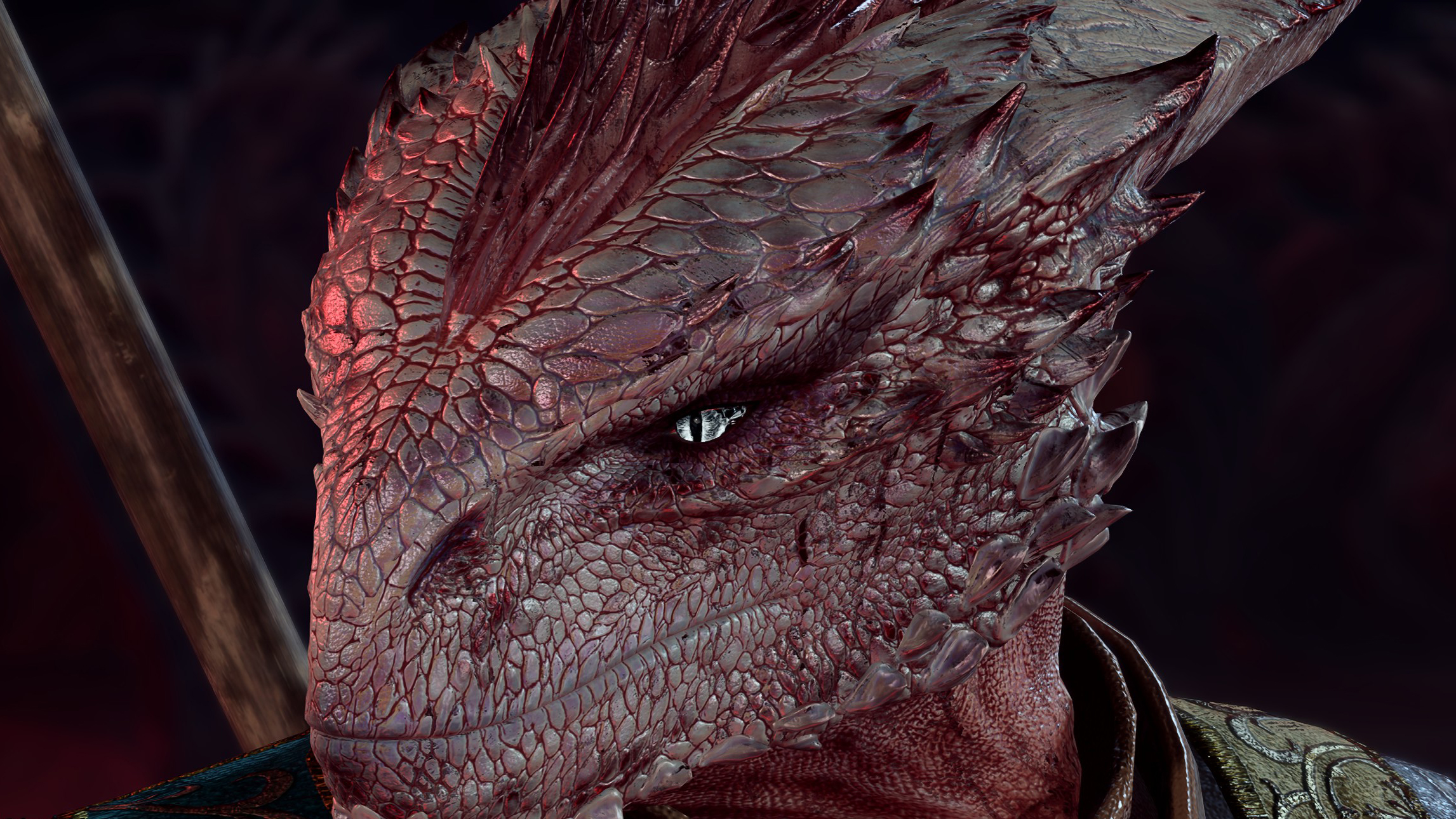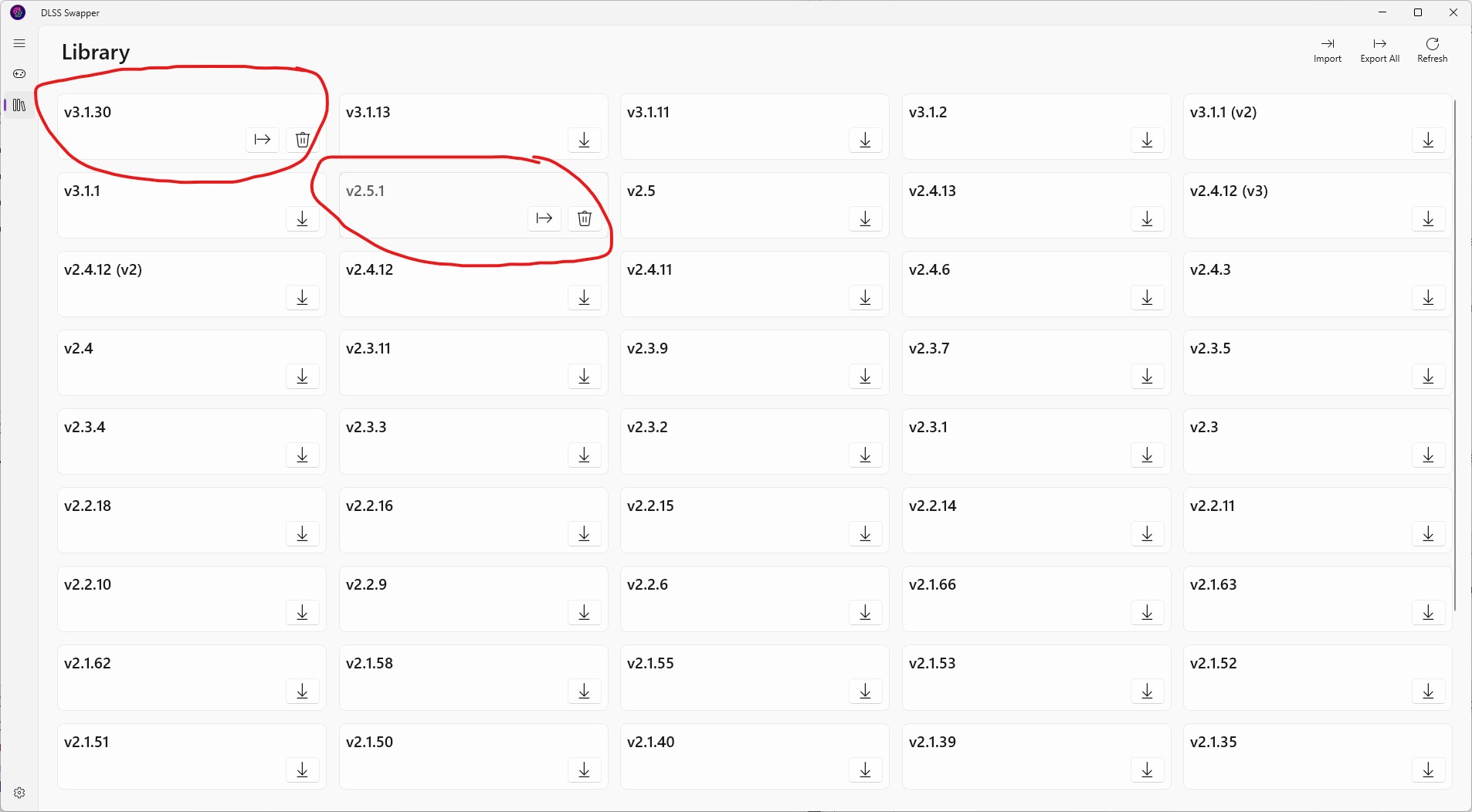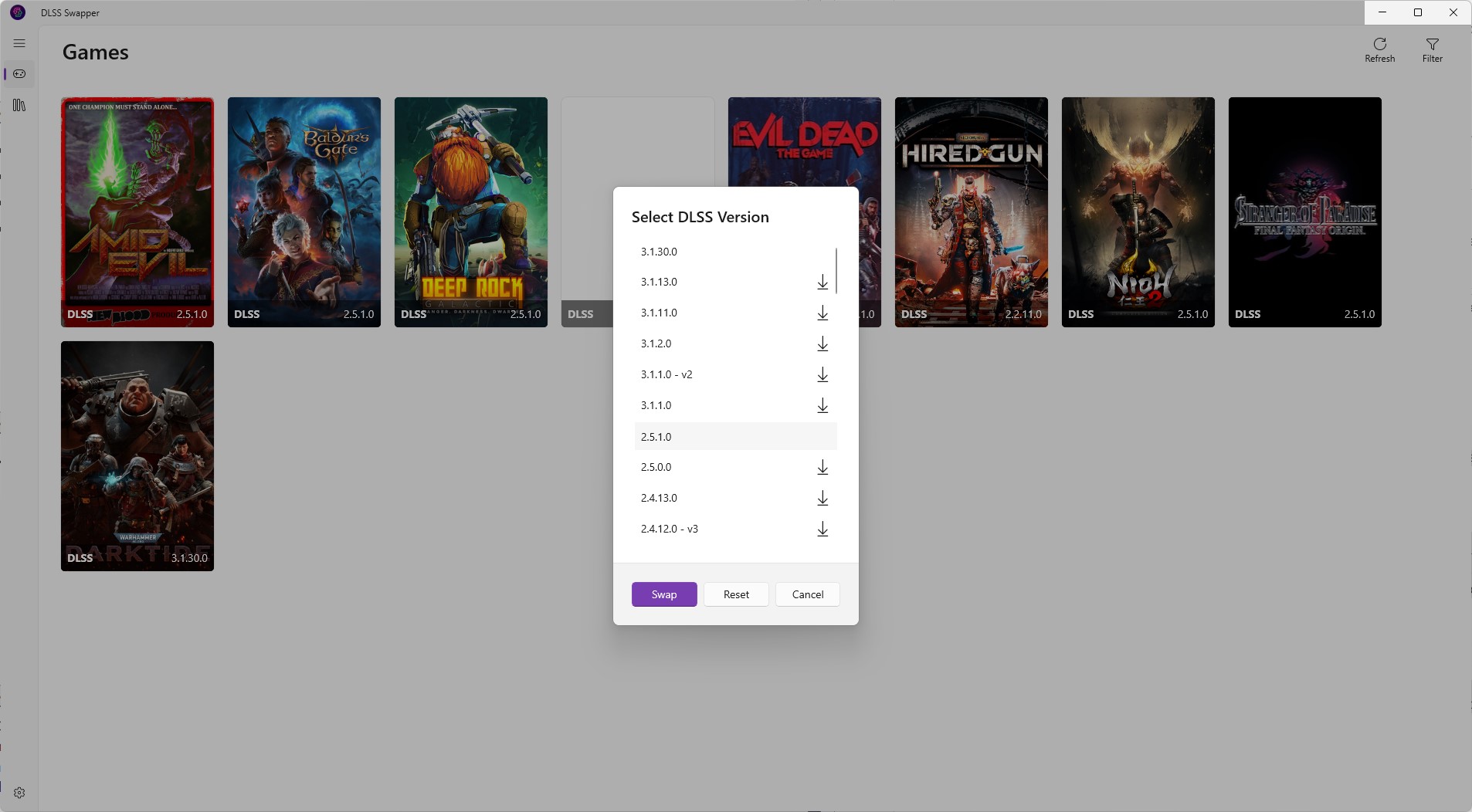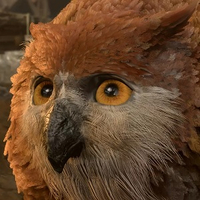PSA: You can improve DLSS in Baldur's Gate 3 with this easy 3 minute tweak
Use DLSS Swapper to upgrade Baldur's Gate 3's AI upscaling. There's really no downside.

Baldur's Gate 3 is a flexible game: with low settings it's possible to run on the Steam Deck, while cranked up to ultra it looks quite nice on a powerful desktop without gobbling up every last megabyte of VRAM your graphics card can spare. On my RTX 3070-equipped PC I'm running it on ultra settings with a 120 fps framerate cap, and using DLSS to ensure my game runs smoothly above 60 fps even when spells start popping off in battle. But this is one of those games I'm so excited about that I find myself wanting to tinker to get the absolute best experience. If you're the same, I've got a really easy tip to follow: updating the version of DLSS Baldur's Gate 3 is using to the latest and greatest.
As Nvidia improves its AI upscaling algorithm, developers have to choose to integrate a newer version into their games. This could require some testing and tuning as well as pushing out a patch to players, which doesn't necessarily make sense for devs who have a lot of other things to focus on. Baldur's Gate 3 shipped with a relatively dated version of DLSS, 2.4.2.0—there have since been nine iterations of DLSS 2, and Nvidia announced DLSS 3 in September 2022. There have been six iterations of DLSS 3 to date.
The changes between DLSS versions are sometimes minor and may not even be noticeable unless you're putting your game under a microscope—most of the patch notes tend to boil changes down to "bug fixes and stability improvements" and some versions can actually have a negative impact on image quality. But there's a whole PC gaming community dedicated to scrutinizing those changes and pinpointing the ideal DLSS versions. Depending on the game, a DLSS update can be substantial, too—TechPowerup did a comparison using Cyberpunk 2077 and The Witcher 3 and called out "significant image quality improvements" in the DLSS 2.5.1 vs. the older 2.4.0, particularly on the ultra performance setting.
The difference may not be so stark in Baldur's Gate 3, but even a microscopic improvement can be satisfying if you're in the mood to tinker. It's possible to download a new build of DLSS and manually copy it into a game's install folder, but there's a better way to do it: a really simple tool called DLSS Swapper. With this it'll take you all of five minutes to upgrade the version of DLSS used in Baldur's Gate 3.
While I'll explain the reasoning below, if you just want the tl;dr guide, here's what you should do:
- Download and install DLSS Swapper
- From the Library tab, download DLSS v2.5.1.0
- On the Games tab, click Baldur's Gate 3, select 2.5.1.0 from the menu, and click Swap
- Enable DLSS in BG3's graphics settings
How to use DLSS Swapper
Download the latest release of DLSS Swapper from the release page. Install it, then head to the Games (🎮) tab on the menu. You should see Baldur's Gate 3 listed here, along with any other games you have installed currently that use DLSS. If it's not there, click the Settings (⚙️) icon in the bottom corner to ensure it's checking all of your game libraries. Now head to the Library (📚) tab on the menu.

This sea of numbers represents all the versions of DLSS Nvidia has released over the last few years. It's a lot! Thankfully you can ignore most of them. I recommend downloading the last version of DLSS 2, which is v2.5.1.0, and the most recent version of DLSS 3 (v3.1.30, as of this writing). Just click the down arrow ⬇️ next to those two numbers to grab that DLSS version. It's that simple. Now head back over to the Games tab.
The biggest gaming news, reviews and hardware deals
Keep up to date with the most important stories and the best deals, as picked by the PC Gamer team.
Which DLSS version should you use in Baldur's Gate 3?
To update a game's DLSS version with DLSS Swapper, all you have to do is click that game's icon in the Games tab; that'll bring up a menu for you to choose from. The versions you've chosen to download that I recommended above will be the only ones without download arrows beside them, signaling they're ready to be used. But what's the right choice?
As of this writing, the members of the r/OptimizedGaming subreddit generally recommend DLSS 2.5.1.0 as the best choice for image quality. Some players report ghosting issues with upgrading to more recent DLSS 3 versions. While there are ways to fix that problem and do further fine-tuning with a program called DLSSTweaks, DLSS 2.5.1.0 is the current "out of the box" favorite and is the one I'd recommend right now.

To update Baldur's Gate, just select 2.5.1.0 from the DLSS Swapper menu and click the Swap button. That's it—you're done. (Other than enabling DLSS in Baldur's Gate 3's graphics settings, of course!)
Whenever you install a Baldur's Gate 3 patch, give DLSS Swapper a quick check to make sure the game hasn't reverted to its original DLSS version; that happened to me with one of the patches post-launch. Thankfully it takes only a few seconds to get back up to date.
Baldur's Gate 3 guide: Everything you need
Baldur's Gate 3 Soul Coins: Find them all
Baldur's Gate 3 infernal iron: Karlach collectibles
Baldur's Gate 3 owlbear cub: Befriend the bird
Baldur's Gate 3 find Halsin: Where's the bear?
Baldur's Gate 3 defiled temple: Solve the moon puzzle

Wes has been covering games and hardware for more than 10 years, first at tech sites like The Wirecutter and Tested before joining the PC Gamer team in 2014. Wes plays a little bit of everything, but he'll always jump at the chance to cover emulation and Japanese games.
When he's not obsessively optimizing and re-optimizing a tangle of conveyor belts in Satisfactory (it's really becoming a problem), he's probably playing a 20-year-old Final Fantasy or some opaque ASCII roguelike. With a focus on writing and editing features, he seeks out personal stories and in-depth histories from the corners of PC gaming and its niche communities. 50% pizza by volume (deep dish, to be specific).


